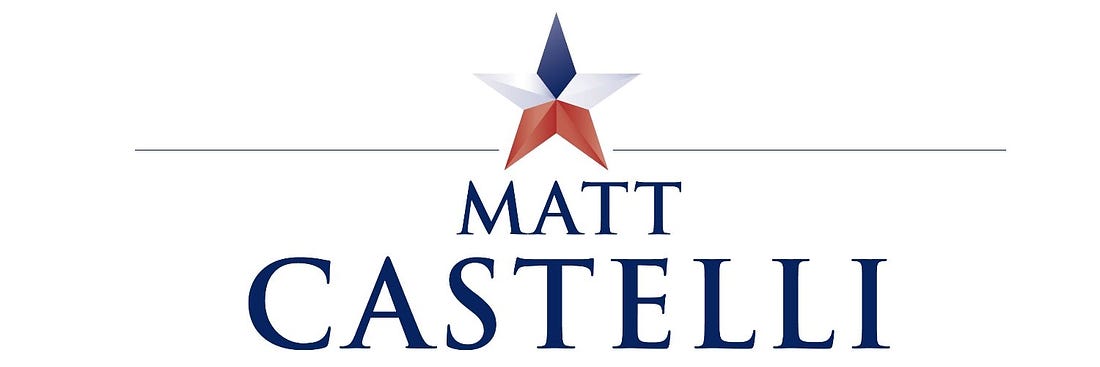|
 |
Last week, Kamala Harris unveiled a bold vision for the economy—one that places a significant bet on the entrepreneurial spirit of the American people. Her Opportunity Economy blueprint reimagines the role of government, transforming it into a catalyst for investment in small businesses across America. Like a venture capitalist backing entrepreneurs and investing in Main Street, Harris’s plan is designed to ignite innovation, create jobs, and supercharge economic growth.
 |
Venture capital (VC) is traditionally a form of private investment in exchange for ownership stakes of a company that is not publicly traded. VCs raise money from a variety of sources, including limited partners (LPs), family offices, and high-net-worth individuals. They often cast a wide net, knowing that only a few high-potential startups will generate big returns, but much of their investment activity is concentrated in hubs like Silicon Valley, NYC, and Boston.
Under Harris’s plan, taxpayers are the new LPs and the government is bringing investment to All of America to help small businesses scale, create jobs, and push the economy forward. The plan includes:
Expanding the Startup Expense Tax Deduction: Harris proposes increasing the deduction from $5,000 to $50,000 to help small businesses cover their initial costs, allowing entrepreneurs get their ideas off the ground.
Establishing Business Incubators and Innovation Hubs: These hubs will provide small businesses with access to technical assistance, capital, and a broader customer base, fostering the growth of businesses in diverse sectors and geographies.
Providing Low- or Zero-Interest Loans: Through a Small Business Expansion Fund, Harris’s plan allows community banks and community development financial institutions (CDFIs) to cover interest costs while small businesses are in their critical expansion phases, easing the burden of borrowing and stimulating growth in underserved areas.
Increasing Demand for Small Businesses: By directing one-third of federal contract dollars to small businesses, Harris's plan is designed to provide a guaranteed demand stream—especially for rural and other underserved small businesses.
Cutting Red Tape: By reducing regulator burdens, the plan aims to make it easier for small businesses to recruit workers and apply for and receive federal funding.
Through these initiatives and others, the Harris plan sets a tremendous goal to drive 25 million new business applications over the next four years.
What’s the return on investment (ROI) for American taxpayers?
Just as VCs seek outsized returns on a few successful bets, the federal government’s broad investment in small businesses could lead to the next generation of industry leaders—driving economic progress and increasing prosperity for millions.
Small businesses are the backbone of American economic growth, generating nearly half of the U.S. GDP, employing about 60 million people, and accounting for nearly 63% of net jobs created since 1995. Harris’s plan to invest in small businesses promises a huge return: creating new businesses, raising wages, expanding economic mobility, bolstering middle-class prosperity, and leading to a healthier economy.
Contrast that with what the other side is offering.
Trump and Republicans have long pushed the failed notion of trickle-down economics—policies that prioritize tax cuts for the wealthy and large corporations under the promise that the benefits will eventually reach the middle class. But the data is clear that trickle-down economics concentrates wealth at the top, leaving small businesses and working Americans behind.
The 2017 Trump tax cuts saw the vast majority of benefits going to the top 1% yet failed to deliver any meaningful wage increases for workers.
The Trump tax cuts contributed nearly $2 trillion to the national debt and failed to lead to any substantial GDP growth.
Harris’s plan flips this failed script. Instead of funneling benefits to the ultra-rich, she’s putting capital and opportunity directly into the hands of entrepreneurs and small businesses—the true engines of economic growth. This bottom-up approach ensures that prosperity flows where it’s most needed, building a more resilient economy for all of America.
Kamala Harris is betting on the potential of millions of Americans to innovate, create, and build. With this plan, she’s not just sparking an economic recovery—she’s laying the foundation for a new era of growth, powered by the ingenuity and determination of startups across the nation.
Matt Castelli’s Substack is free today. But if you enjoyed this post, you can tell Matt Castelli’s Substack that their writing is valuable by pledging a future subscription. You won't be charged unless they enable payments.

